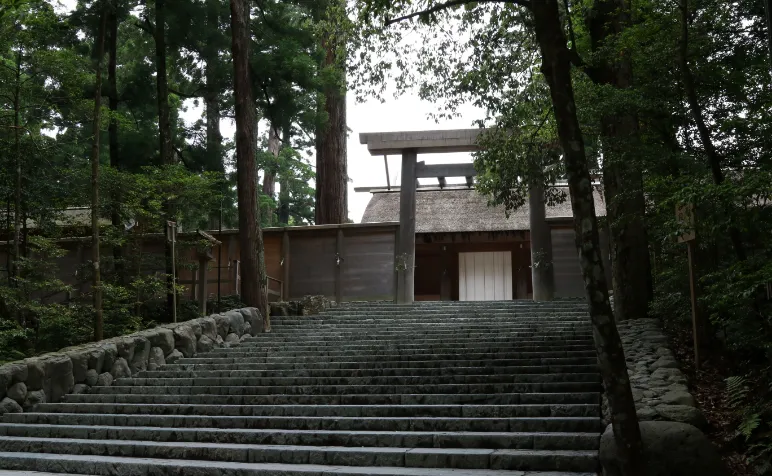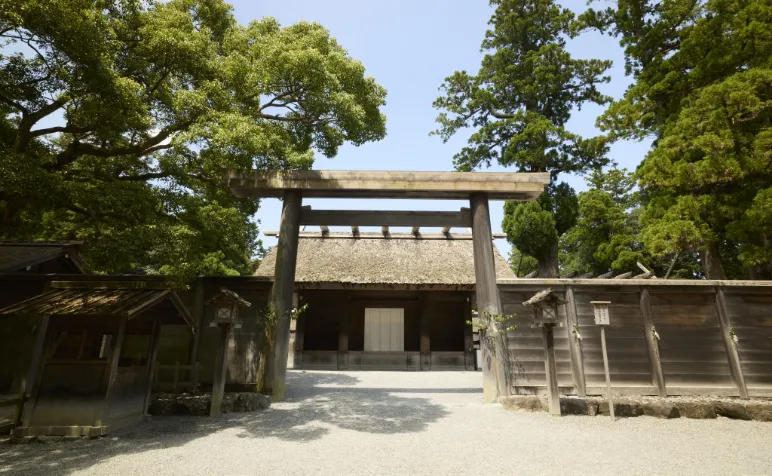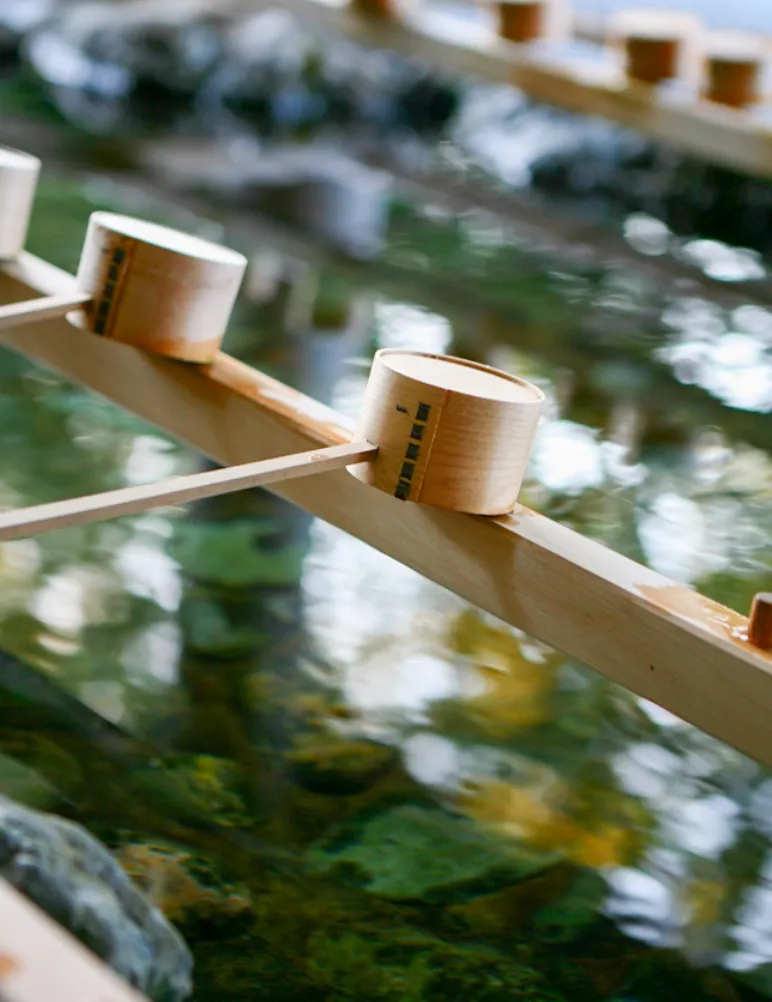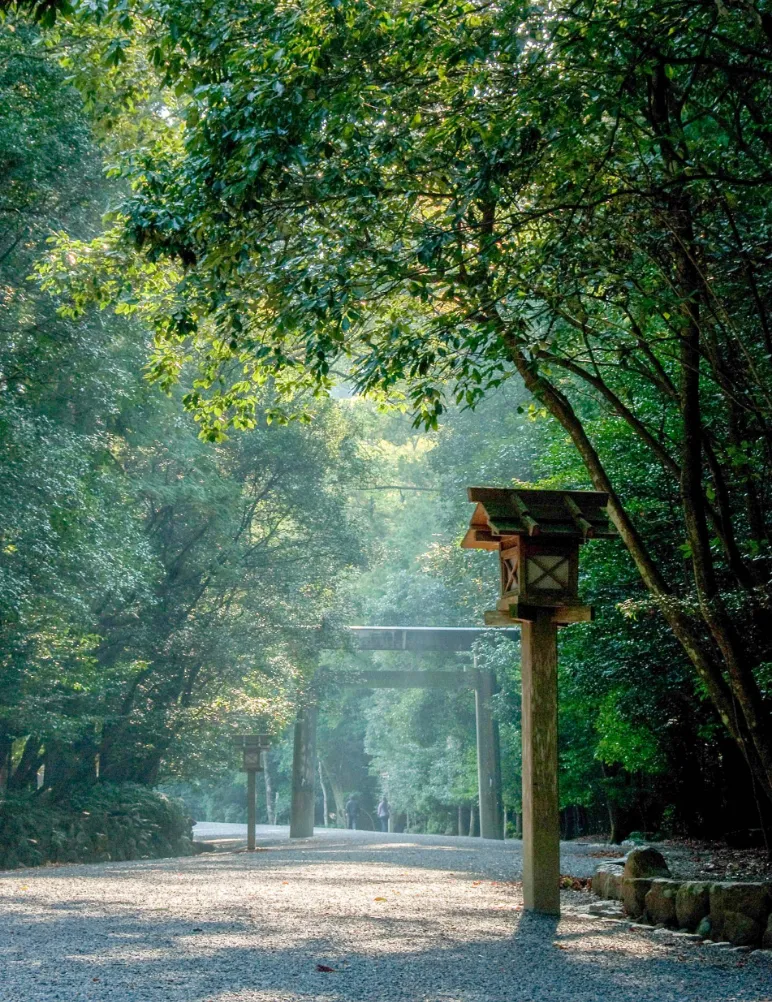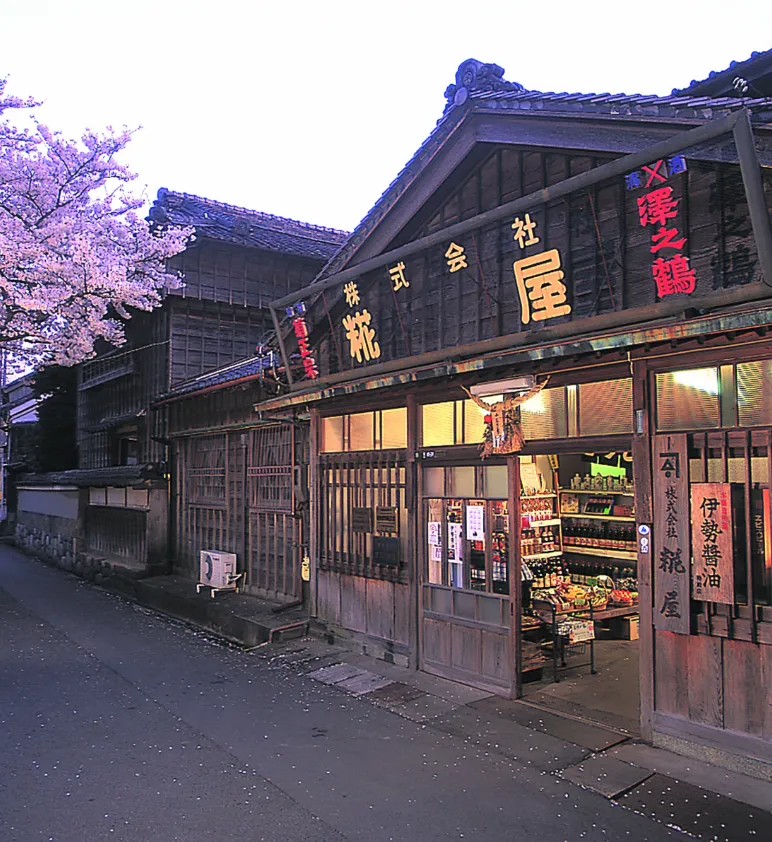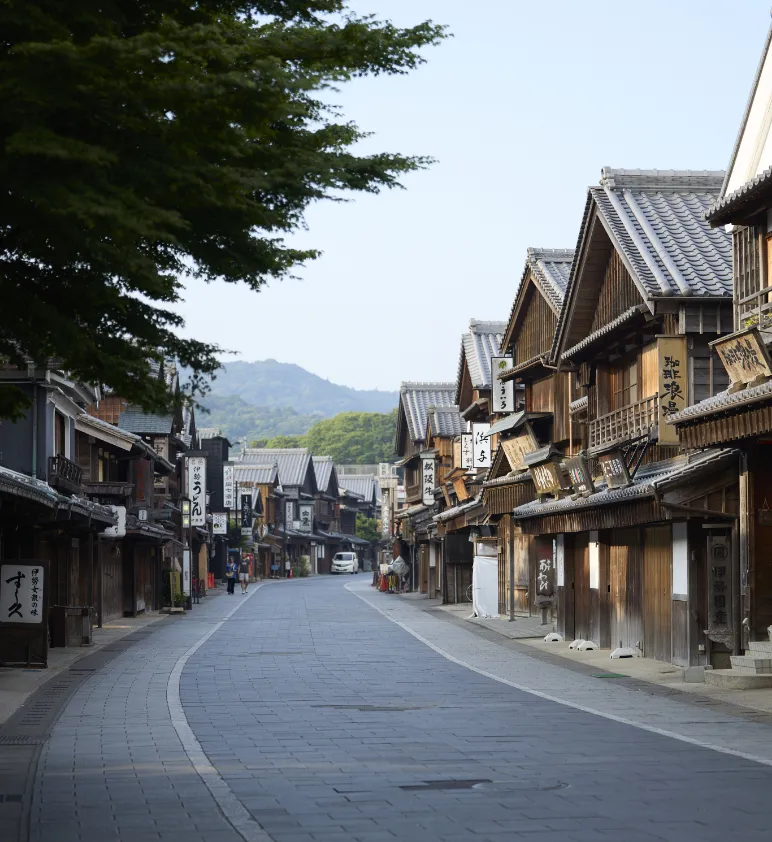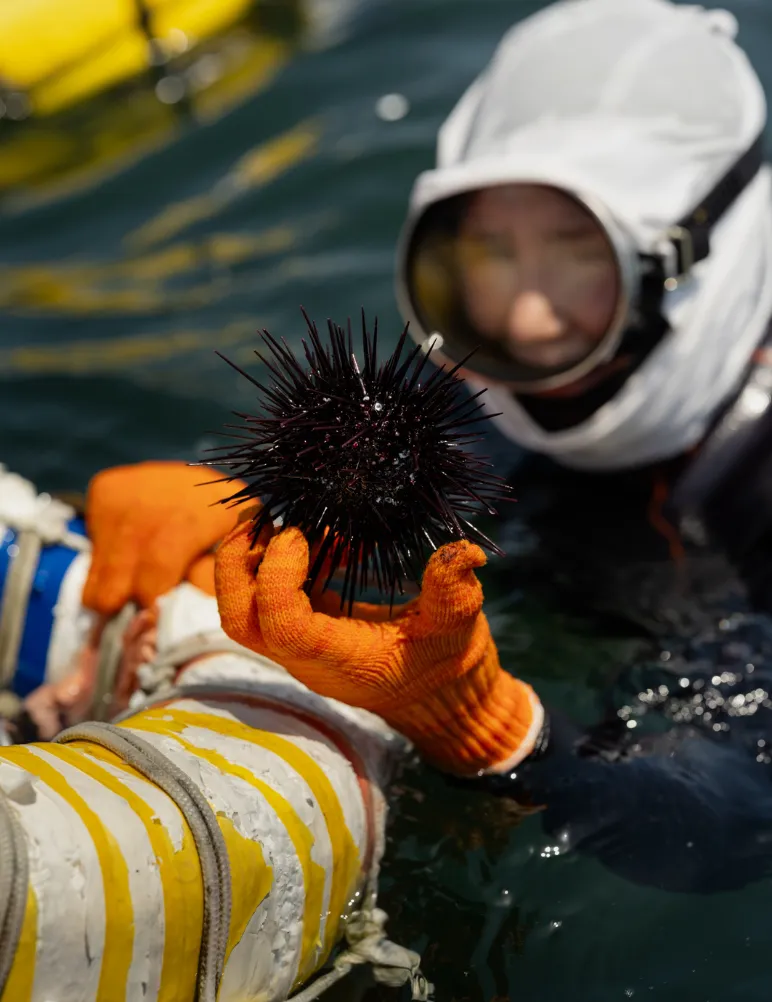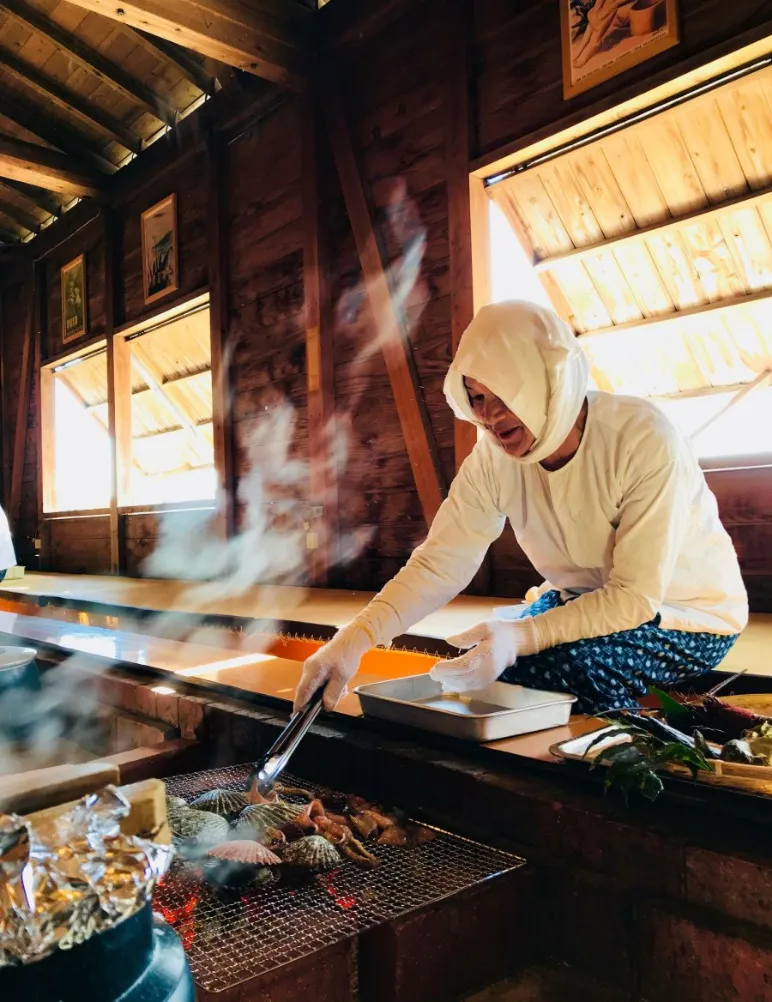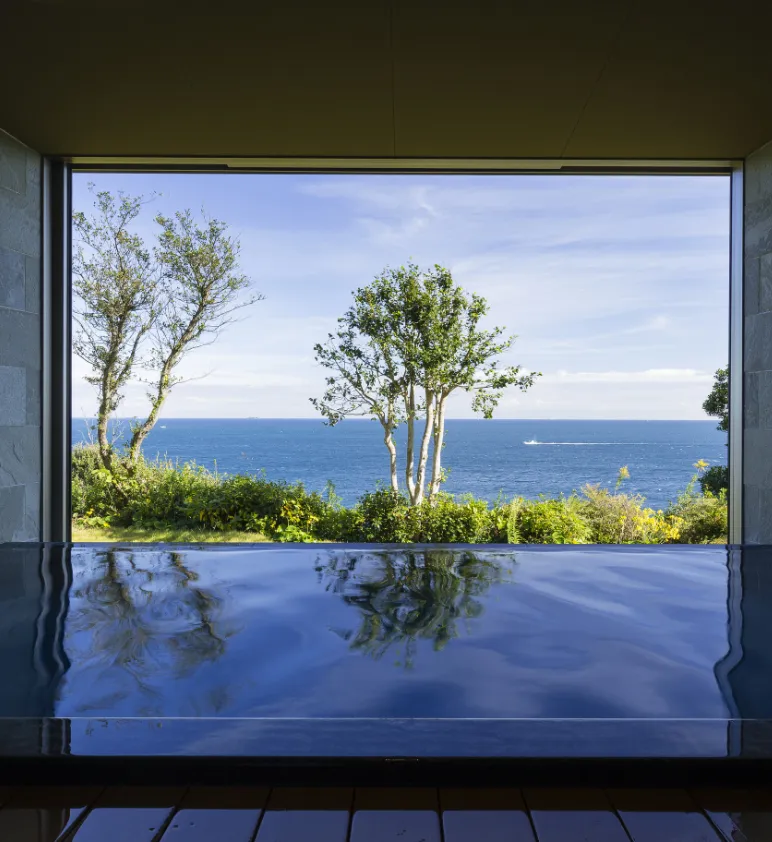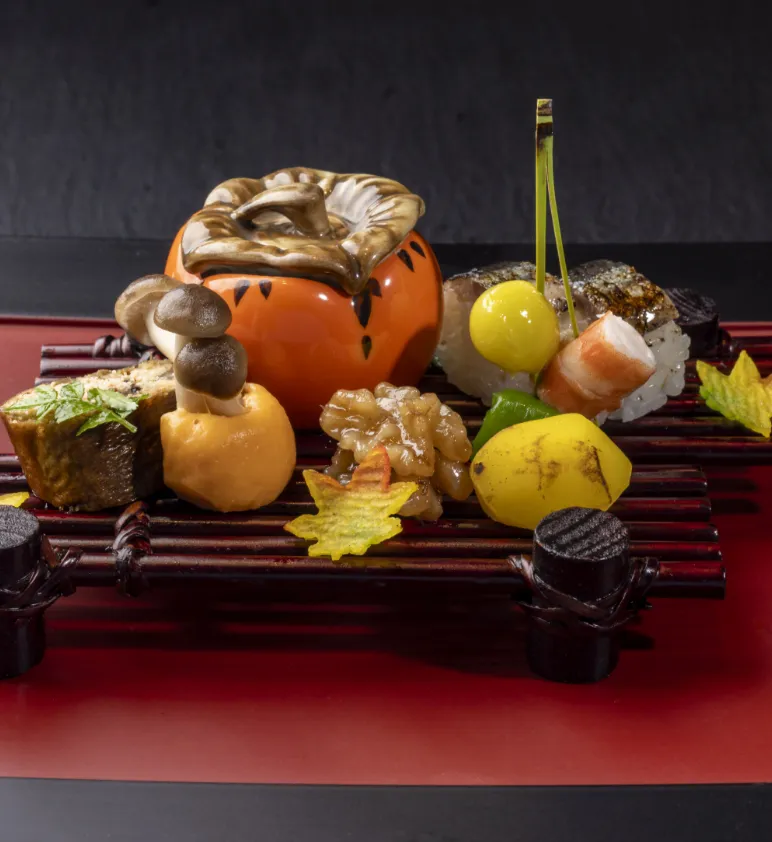

“ Continuity ”
The Enduring Traditions of ISESHIMA

At first thought, it can be hard to grasp the idea that every 20 years Japan’s most sacred Shinto-shrine, Ise Jingu, is fully rebuilt. After all, in many cultures we are used to anything traditional and sacred being preserved as close to its original form as possible. Yet for the ISESHIMA region and Japan, this ritual of renewal—called the Shikinen Sengu—has been a crucial form of continuity for more than 1,300 years.
First conducted in the year 690, the Grand Shinto-Shrines of Ise Jingu have since been rebuilt 62 times. And it’s not just the buildings, but a process where numerous artisans dedicate years to remaking every sacred treasure, furnishing and gift to the deities within each of the shrine’s buildings. It then culminates with a series of rituals during which Ise Jingu’s Shinto priests symbolically transfer the kami (deities) from the old to the new sanctuaries – a practice traditionally believed to ensure the rejuvenation and wellbeing of Japan.
Walking around Ise Jingu’s inner and outer shrine—the Naiku and Geku—you’ll encounter many moments that have been handed down through generations. There’s the way visitors wash their hands and rinse their mouths at the ablution font before approaching the main sanctuary, and the way they then offer prayers – bowing twice deeply, a double clap of the hands, and a final deep bow. Across the year, more than 1,500 rituals are conducted here, including a twice daily offering of food to the deities that has played out for 1,500 years.

Within the grounds of Ise Jingu’s Geku, the Sengu-kan museum does a wonderful job of documenting much of this, and in particular the Shikinen Sengu, from the ceremonial rituals and the reasonings behind the tradition of renewal to the craftsmanship that goes into the reconstruction. You can also get an overview of the Geku, with a 1-20 model of the complex finely crafted in Japanese cypress, and a close-up look at a full-scale replica of part of the Geku’s main shrine, with its gabled, thatched roof.
But one thing that makes ISESHIMA so special is that continuity isn’t just within the shrine. The rebuilding of Ise Jingu and its fittings every 20 years supports a variety of traditional artisans in Ise and around Japan, as do the day-to-day ceremonies and functions of Ise Jingu.

Nearby, for example, Ise Washi has been in business since 1899, supplying Ise Jingu with traditionally made washi paper – they make some by machine today, but also handcraft multiple varieties that visitors can see at their on-site gallery.
A short walk from the Geku, you could then take a bespoke factory tour at Koujiya, which has been making fermented products such as soy sauce, tamari sauce and miso since the early 1800s. The business has been run by the Kawamura family since its inception, and while their core products honor tradition, Koujiya has also got creative to produce a range of fermented, creamy puddings.
The sense of cultural continuity is also found in ISESHIMA’s stunning coastal regions, home to female free-divers, called Ama, who are thought to have been diving for shellfish and pearl oysters here for as long as Ise Jingu has been in existence.
Across ISESHIMA, where there are some 500 Ama still working along the coast, it’s possible to arrange experiences with the Ama, whether that’s stopping for lunch at one of their fishing huts, signing up for a dive or joining them on a visit to a shrine, where they pray for safety at sea.

Perched on a clifftop overlooking a sheltered cove where Ama sometimes dive, you could also see the sense of continuity at Oyado The Earth. Like ISESHIMA’s shrines, this contemporary take on a traditional ryokan inn has been designed to exist in harmony with the local environment. With that, Oyado The Earth’s 14 luxury suites offer timeless views of a rugged, unblemished shoreline – sometimes as the Pacific is becalmed and glistening under the sun, others as the sea churns and winds whistle dramatically across the cliffs.
You can watch nature’s show unfold from private ensuite hot-spring baths—and in some rooms saunas—or from a rooftop lounge that delivers panoramic views. Or there are several hiking trails that start from the property, winding their way through primeval forest. It’s a place guests come to unwind, but like ISESHIMA itself, a place where you can feel ISESHIMA just as generations before have.
